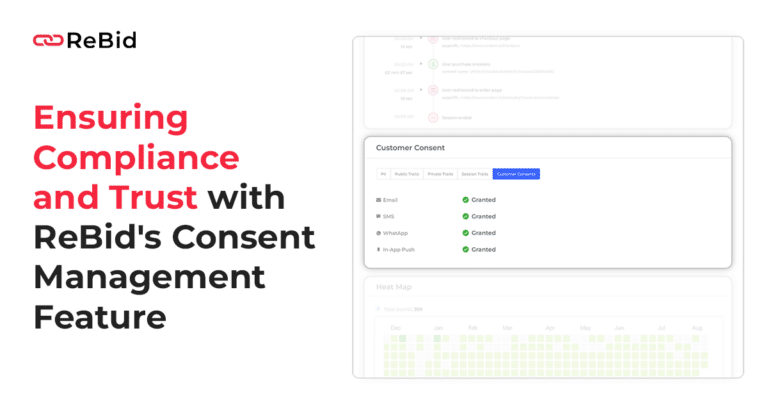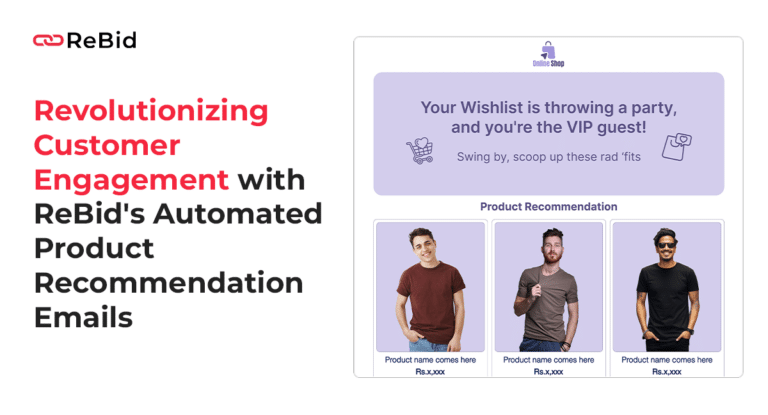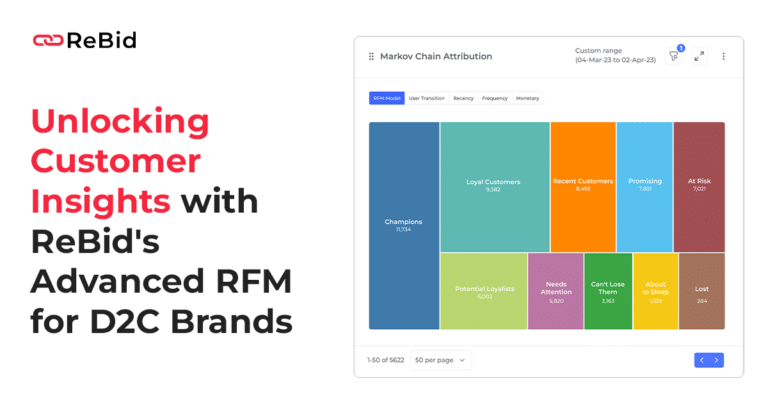Real time advertising is revolutionizing how businesses reach their target audiences by leveraging data-driven insights and offering personalized content. As technology advances and consumer behavior shifts, real time advertising becomes increasingly essential for brands to effectively engage with their customers. This comprehensive guide will delve into the potential of real time advertising and how businesses can harness its power to boost their marketing efforts and achieve remarkable results.
The Emergence of Real-time Advertising
In the past, advertising was a static and time-consuming process, often taking days or even weeks to roll out a campaign. However, with the advent of digital marketing, real time advertising has emerged as a powerful tool for businesses to instantly connect with their audiences. This innovative approach allows advertisers to collect, analyze, and respond to data in real time, enabling them to create tailored content and make better-informed decisions.
Here are some Trends in Real Time Advertising You Wouldn’t Want to Miss
1. Contextual advertising
Contextual targeting enhances ad relevance by aligning keywords, location, or browsing habits with personalized ads designed to appeal to specific customers. Ads are displayed based on the content’s relevance and associated keywords, rather than the user’s search query.
The adoption of contextual targeting by marketing agencies in 2019 and 2020 demonstrates that this trend is here to stay. It’s increasingly vital to present ads to the appropriate audience, as customers expect ads to resonate with their needs and showcase relevant products or services.
By improving an ad’s relevance, contextual targeting ensures that only those genuinely interested in a company’s offerings are exposed to its brand. This approach is not only highly effective but also secure and privacy-conscious, addressing growing concerns among consumers.
2. Personalization
Personalization stems from the concept of contextual advertising, which posits that customers prefer ads that are relevant to their interests. While this notion has been around for a while, the ongoing advancements in real time advertising will further enhance its effectiveness in 2023.
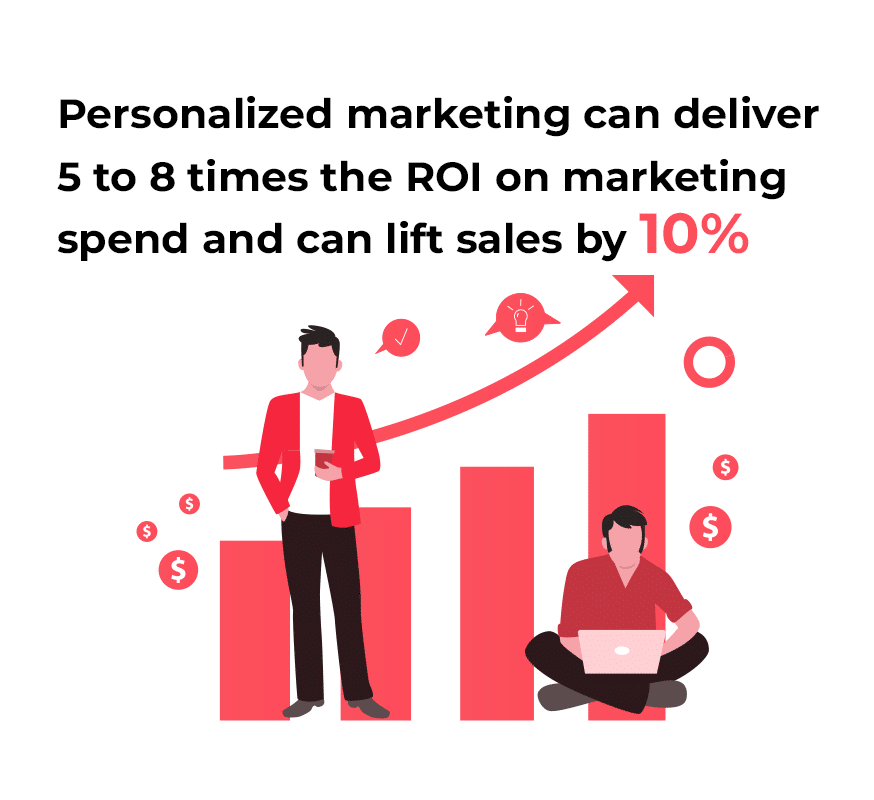
The efficacy of email marketing can be significantly improved through personalization. Here are some other examples of where marketers can utilize personalization to achieve better results?
- Facebook ads: Users of the platform anticipate targeted ads based on their interactions and preferences, making it essential for ads to have a personal touch.
- Emails: Tailored email campaigns can target individuals based on their shopping behavior, enticing them to purchase specific products and providing them with exclusive discount codes.
- Google AdWords: Ads that appear to be custom-made for individual customers are more likely to capture their attention and generate engagement.
3. Artificial intelligence
The growing influence of Artificial Intelligence (AI) is impossible to ignore. AI has the ability to analyze consumer behavior, search patterns, and data collected from social media channels and blog posts, providing insights into how customers discover products and services.
Although many marketers have been utilizing AI for some time, there remains uncertainty about the advantages of incorporating AI marketing within a comprehensive real time advertising strategy.
AI marketing employs artificial intelligence to automate marketing decisions and actions based on data collection and analysis. It can predict customer behavior, segment and target ideal audiences, personalize content and its delivery, and optimize channel selection. By leveraging AI, marketers can analyze data more rapidly and automate decision-making based on insights.
AI marketing allows marketers to transform vast amounts of data from various sources into real time insights. This not only boosts their efficiency, giving them more time to focus on strategy but also accelerates critical outcomes such as time to return on investment (ROI). By utilizing the gathered insights, marketers can enhance the customer experience, marketing performance, and overall business results.
4. Analytical Insights
Examining and evaluating data are essential components of contemporary marketing. Predictive analytics employs data mining, predictive modeling, and machine learning to discern patterns in behavior, with the ultimate goal of forecasting future trends. In-depth analysis and insight gathering have become increasingly sophisticated and prevalent in today’s business landscape.
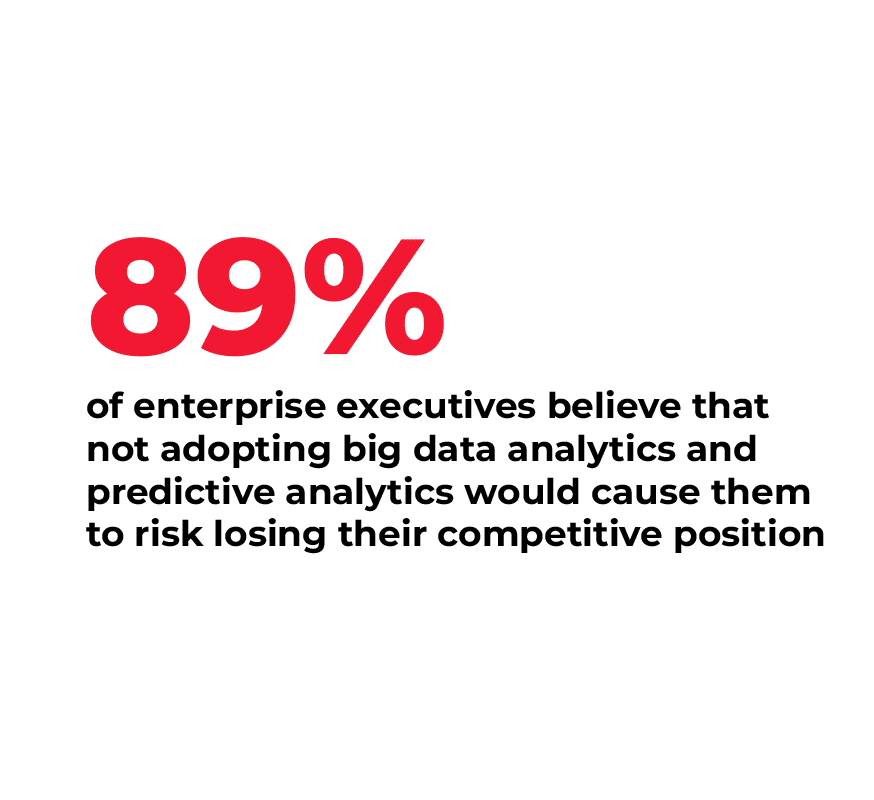
In the context of digital marketing trends, predictive analytics is used for advanced lead scoring, segmentation, and individual personalization, which assists marketers in reducing churn and enhancing customer loyalty.
Enhance ROAS by Leveraging Real-Time Analytics & Insights with ReBid
Amazon Assistant, a Chrome extension, serves as an example of this application. By allowing customers to receive product recommendations from Amazon beyond the website, the assistant presents personalized offers as users browse the web.
Real-time advertising is no longer just an option; it’s a necessity for businesses to effectively engage with customers and stay competitive. Embrace the power of contextual advertising, personalization, AI, and analytical insights to maximize your marketing efforts and achieve remarkable results!



